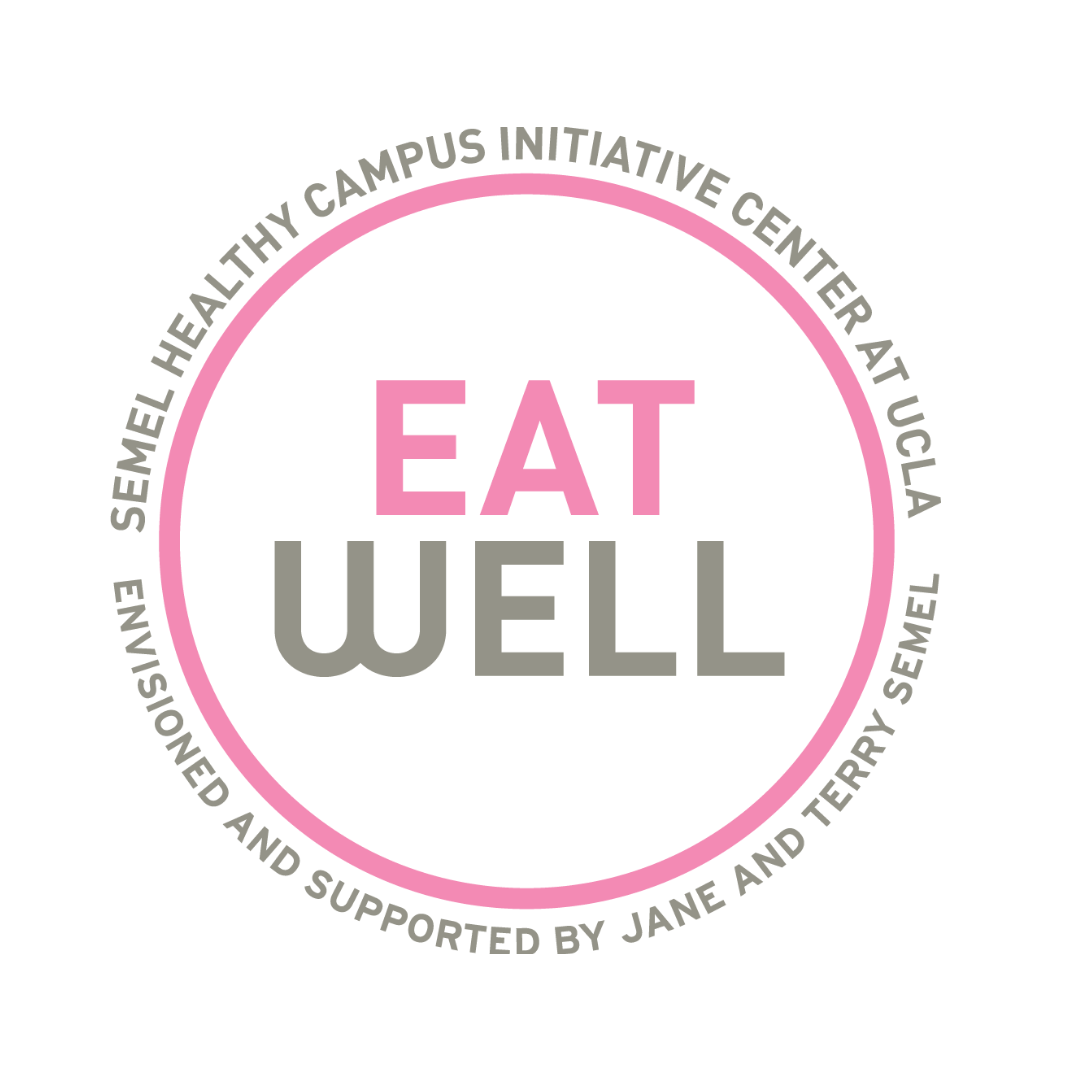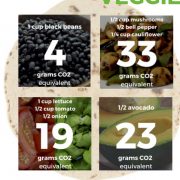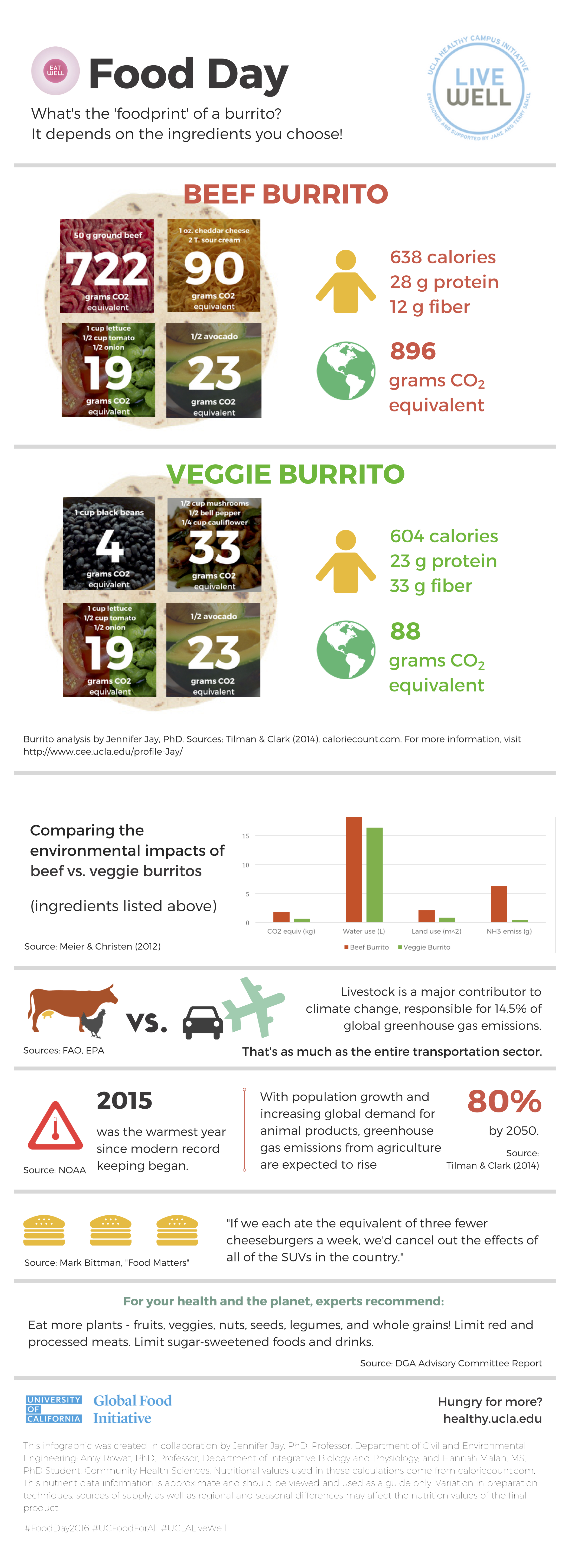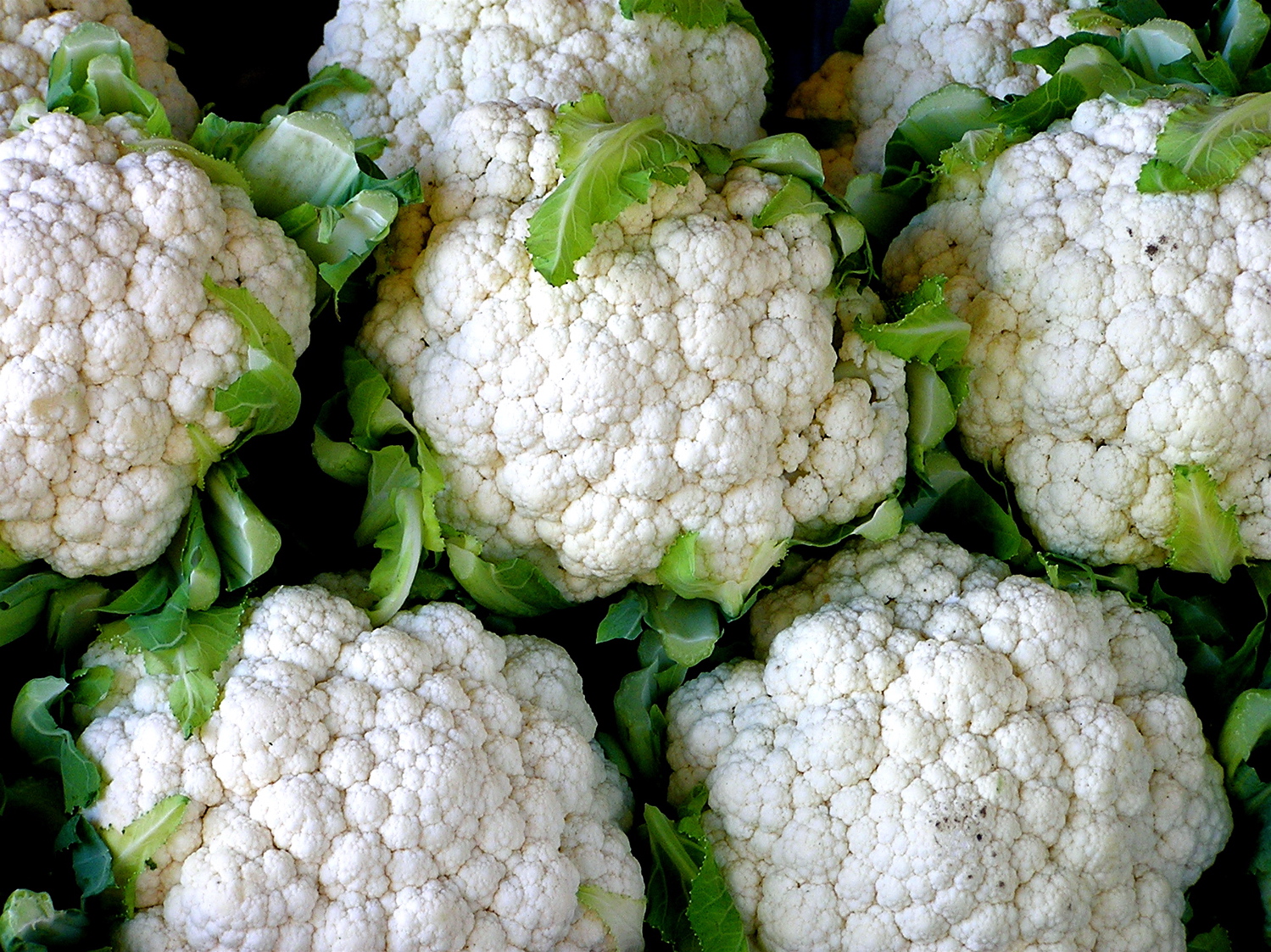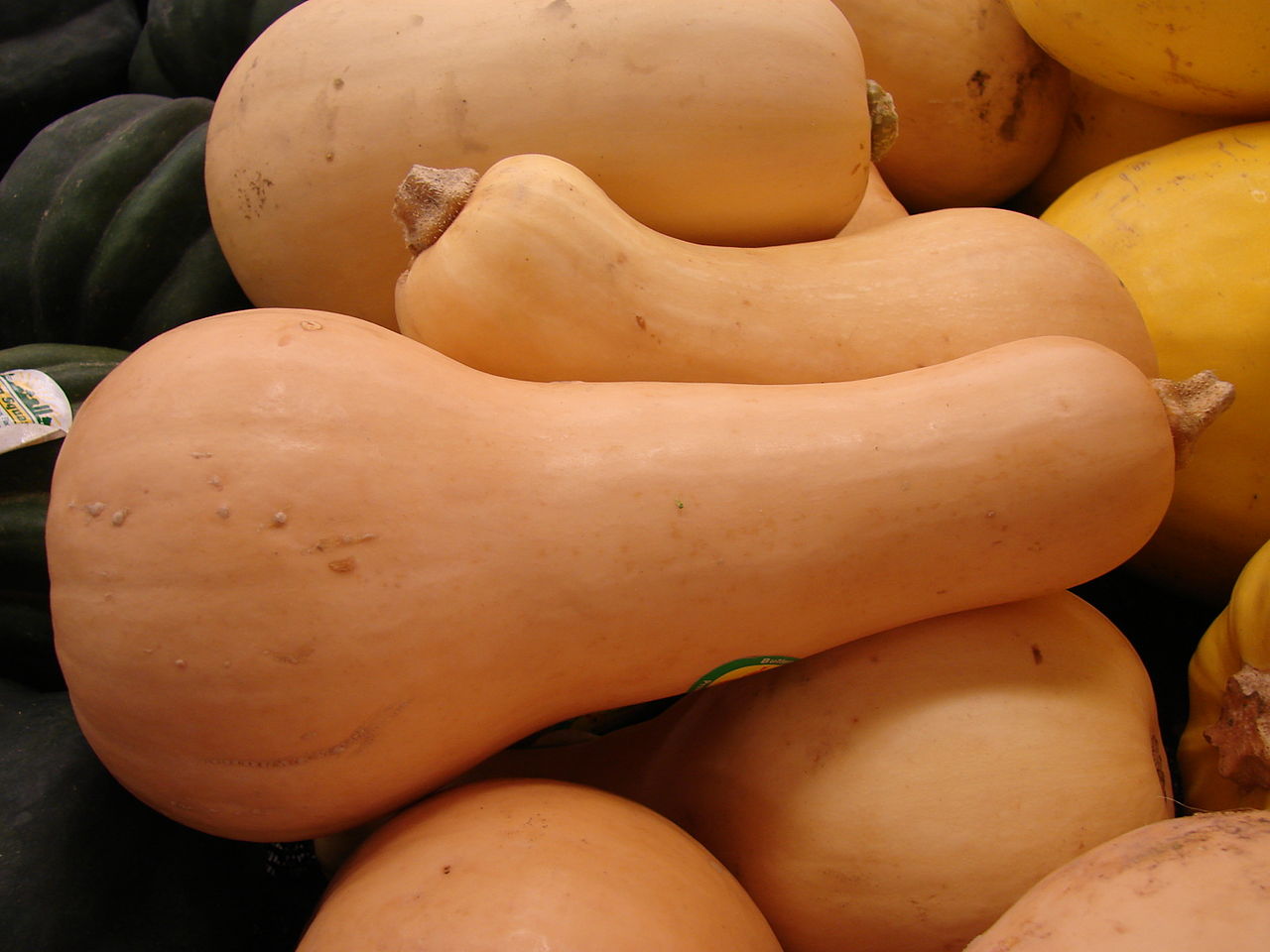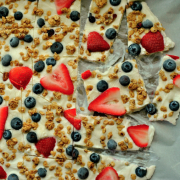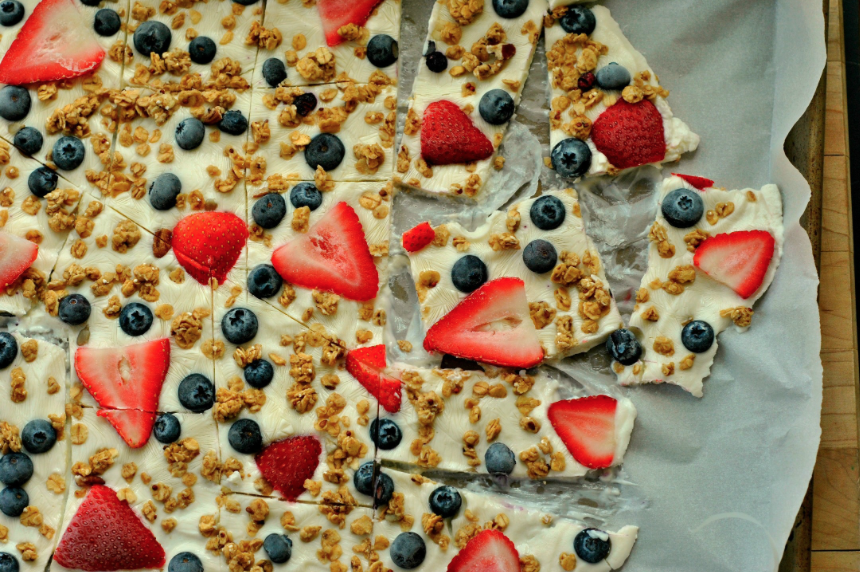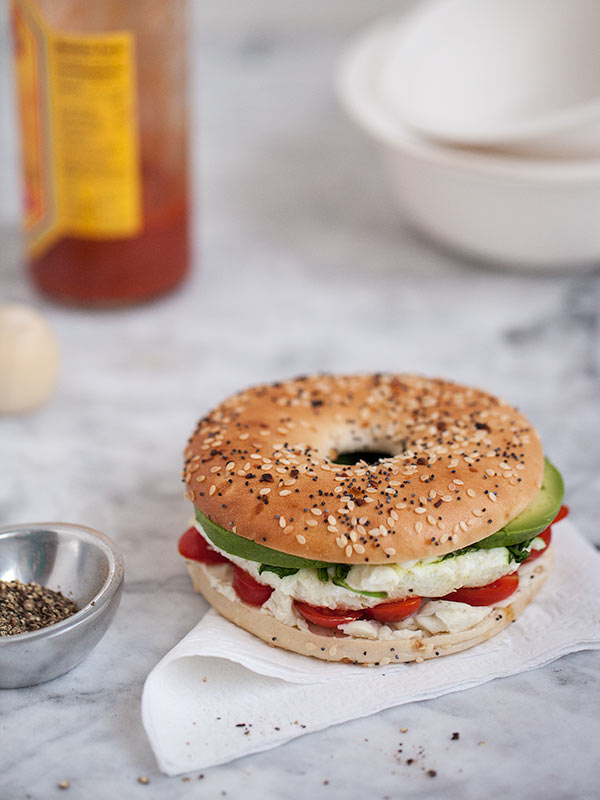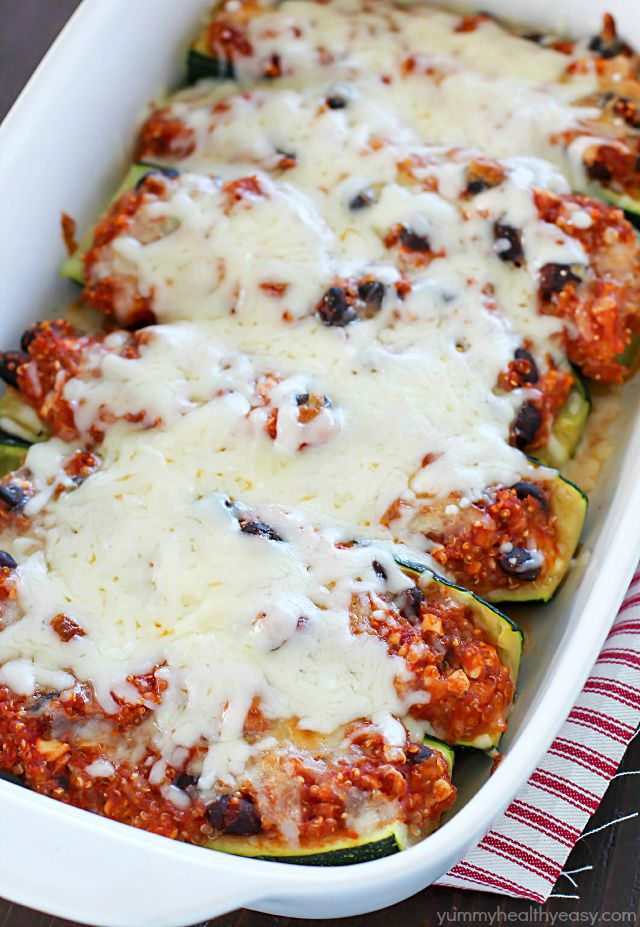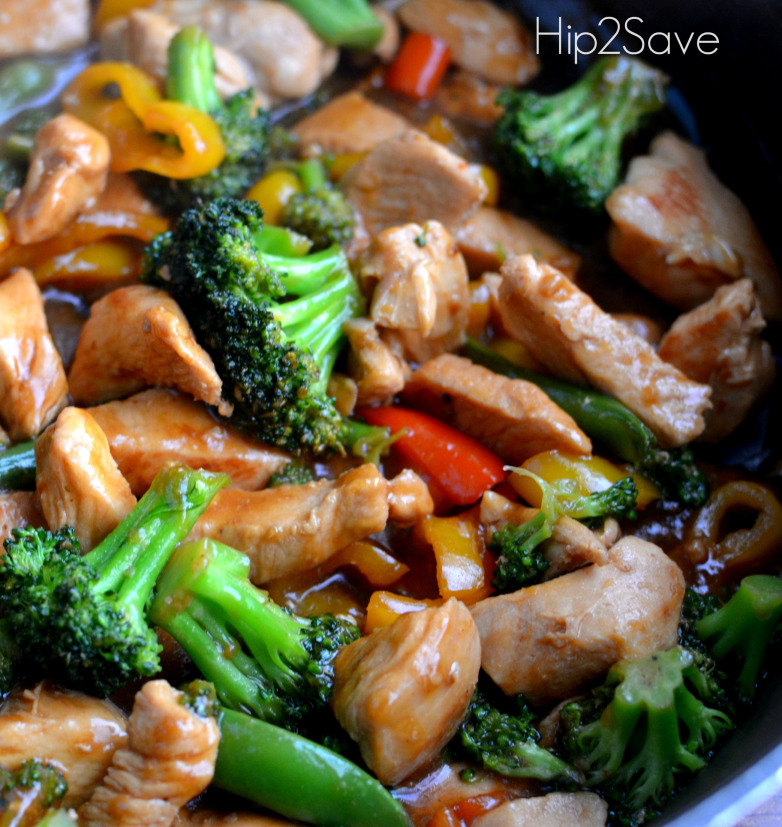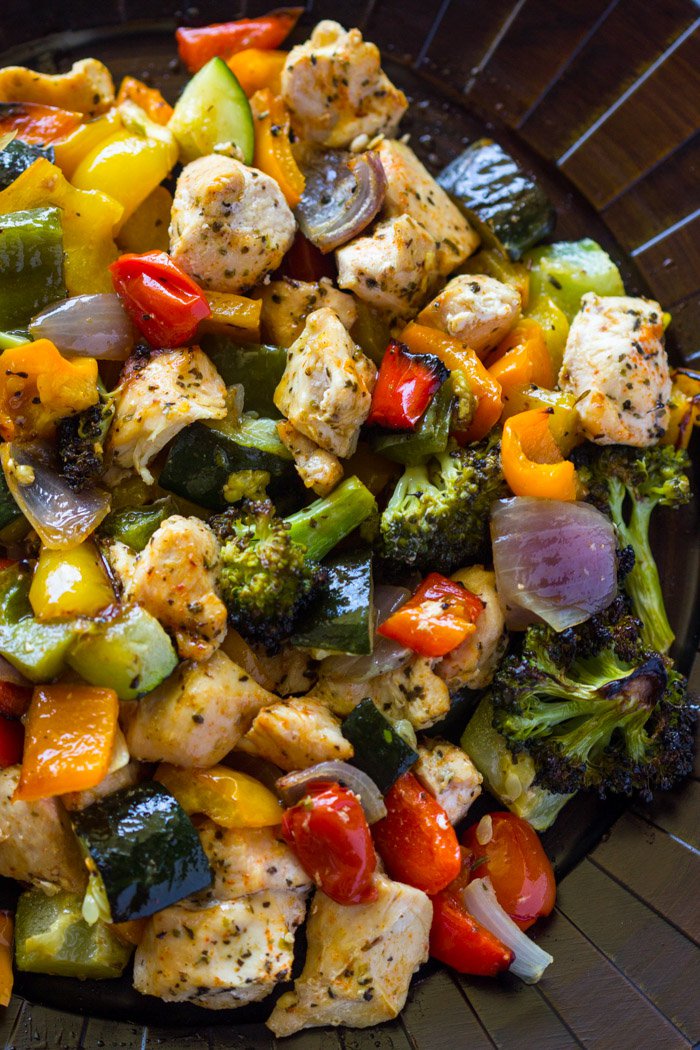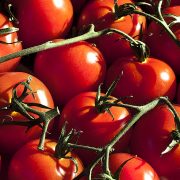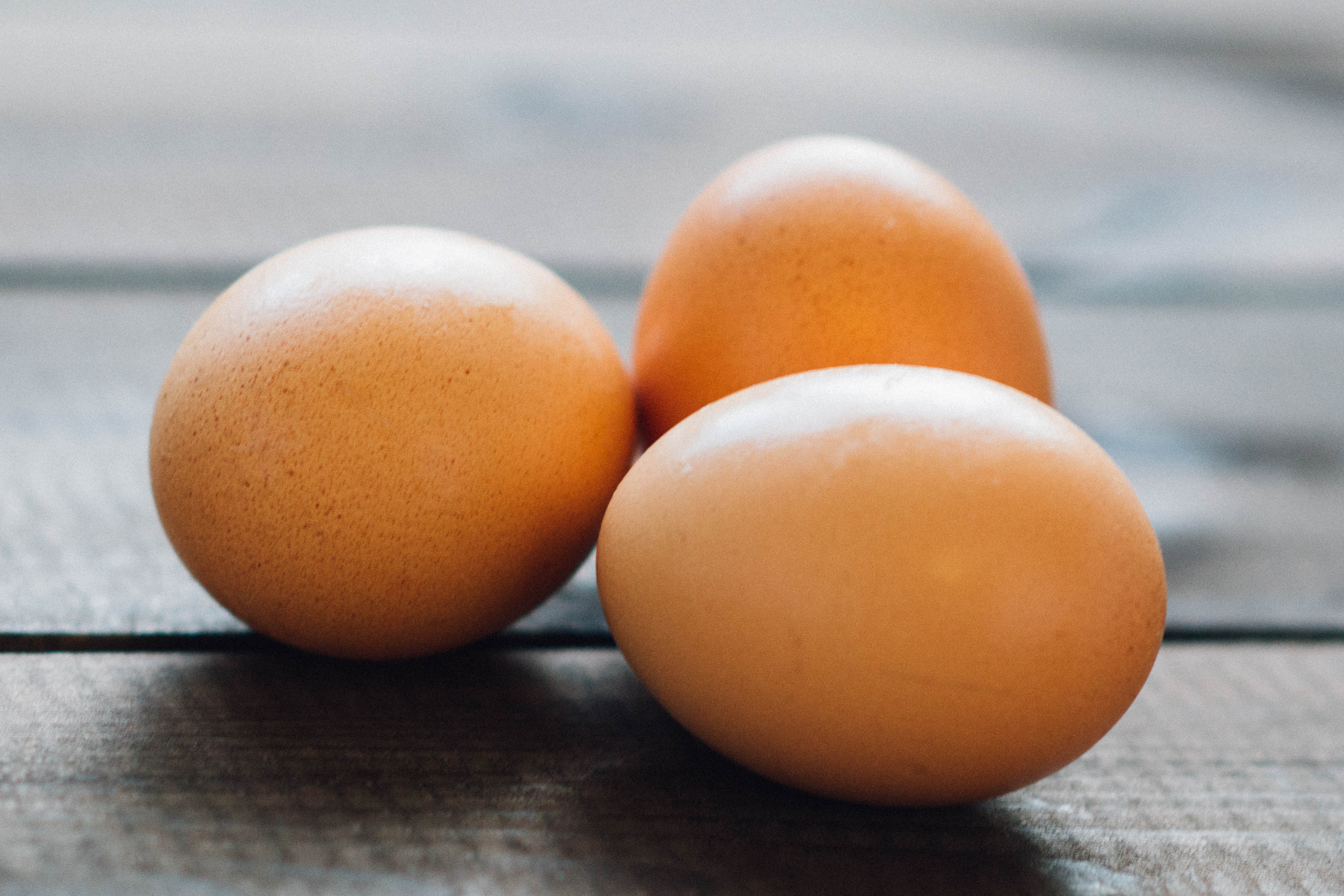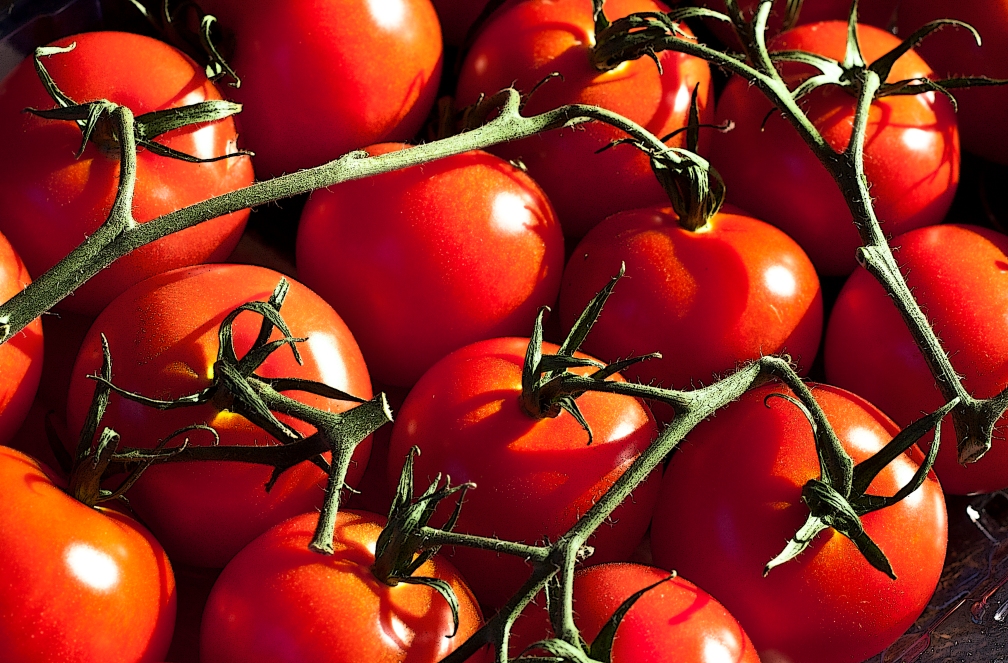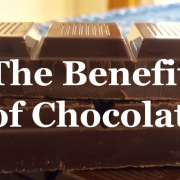The Healthiest Building On Campus
As every UCLA student, staff, or faculty member must know by now, there stands a newly finished classic red, brick building next to Pauley Pavilion. Many, however, still wonder what exactly this building is. Most are just thankful for the construction project being complete!
This new tall building is the newly finished Luskin Conference Center, arguably the healthiest building on UCLA’s campus. It’s quite a building, accompanied with 254 welcoming guest rooms, a full-service Mediterranean-inspired restaurant and lounge called Plateia, a fitness center, and valet parking. This building is open to host a variety of conferences, meetings, and events, bringing together “scholars, innovators, leaders and the diverse campus community setting the stage for building relationships, exchanging ideas and making breakthroughs possible” (Luskin Conference Center Information).
What’s equally as amazing is that the Luskin Conference Center is Leadership in Energy & Environmental Design (LEED) certified. The building features a number of green building elements: 30% of the building materials are comprised of recycled materials and 10% were procured from within 500 miles, 50% of the wood used is FSC certified from sustainably managed forests, all materials used in the interior of the building are low Volatile Organic Compounds (VOC), and the construction team diverted 96.5% of construction water from landfill through the use of advanced recycling techniques (Luskin Conference Center Sustainability).
Specifically, the Food-Pod within the Healthy Campus Initiative had great influence in the development of Plateia, the in-house restaurant at the conference center. Plateia is a Mediterranean-inspired restaurant serving seasonally fresh vegetables and fruit with a minimum of 20% coming from sustainable, socially responsible, and humane sources. Dr. Wendy Slusser, the head of HCI, and EatWell pod members, specifically, Al Ferrone, Senior Director of Dining Services, ensured their healthy principles were heard by restaurant designers and executive chef Todd Sicolo to ensure the restaurant was serving a healthy and balanced meal that not only students could go to, but visitors to our campus. With food grown within 500 miles of the campus, environmentally friendly USDA Certified Organic ingredients, fair trade certified, and cage free or free-range food, Plateia is healthy, fresh, and sustainable. It even gives the resident B-Plate a run for the healthiest food option on campus! As Plateia is part of a public university, its waiters cannot accept gratuity for service. However, some diners still leave tips after dinings, so the Eat Well pod is in the process of discussing how these tips can be put towards other healthy initiative’s on UCLA’s campus, such as the food closet in the Student Activities Center.
During the Luskin Conference Center’s grand opening on October 7, 2016, the Healthy Campus Initiative was given the prestigious opportunity to host an exhibit in one of the smaller conference rooms. With the Tobacco Free Campus initiative fully established for a few years now, Breath Well Pod members were discussing working on improving enforcement practices with active volunteers on the look-out for those breaking the rules. With dance music coming on every 15 minutes, Move-Well pod demonstrators got us shaking our arms and legs for 5 minutes. They even encouraged us to give their hand-pedal machine a try. With EEG headpieces lined up like a sci-fi movie, the Mind Well table drew me in and helped me discover what it’s like to have your brain signals monitored. Get excited Bruins because according to the Be Well Pod, Bruin Bikes for quarterly rent will be available throughout campus starting next spring; so, say goodbye to those long treks we all know about! Making my final stop at the Eat Well Pod table, I popped a miracle berry in my mouth and what it appeared to be magic made a lime taste as sweet as an orange. It’s not actually magic, check out the science behind it here. The Healthy Campus Initiative established a great presence at the event and spread awareness of their principles and initiatives revolving around healthy living to many people who had not yet discovered our great organization.
Phillip Cox is a 4th year Bioengineering major and blogger for the EatWell Pod within the Healthy Campus Initiative.
